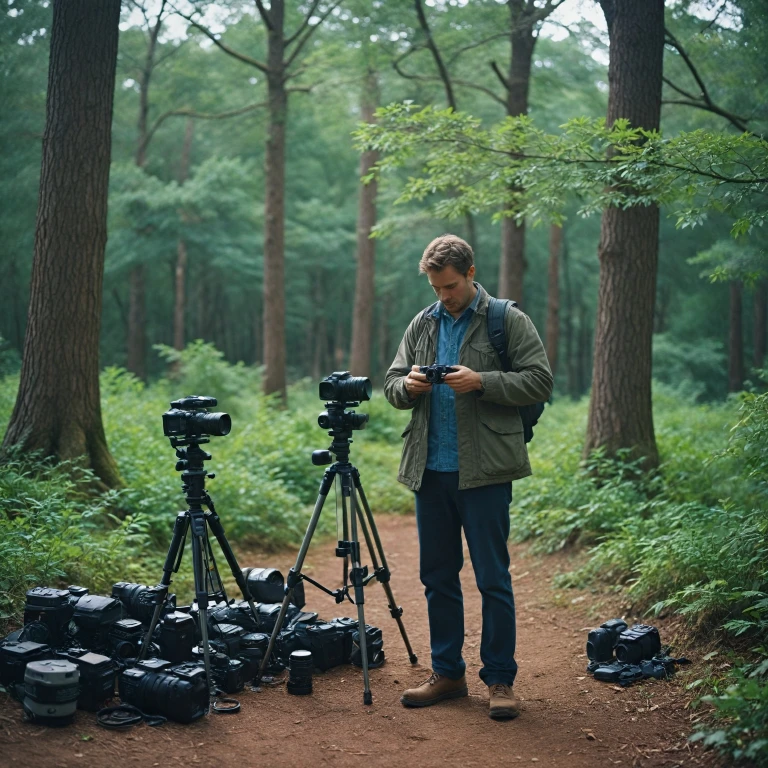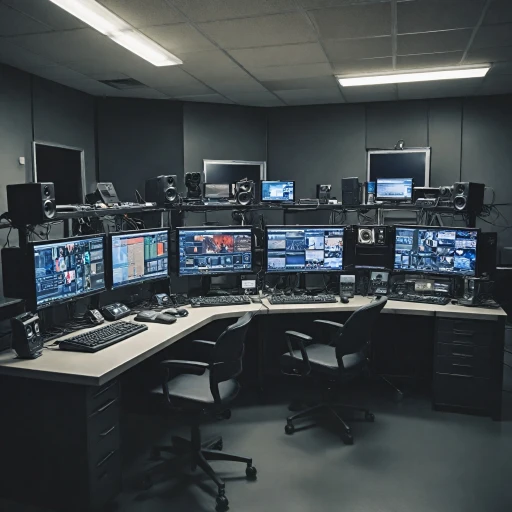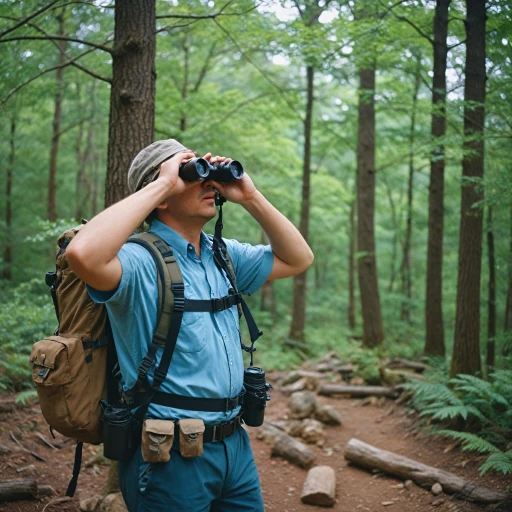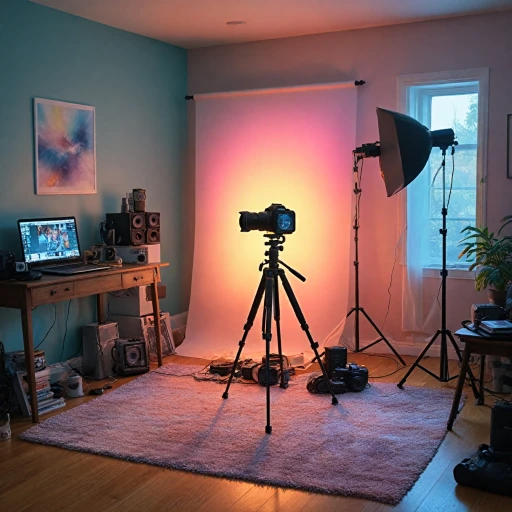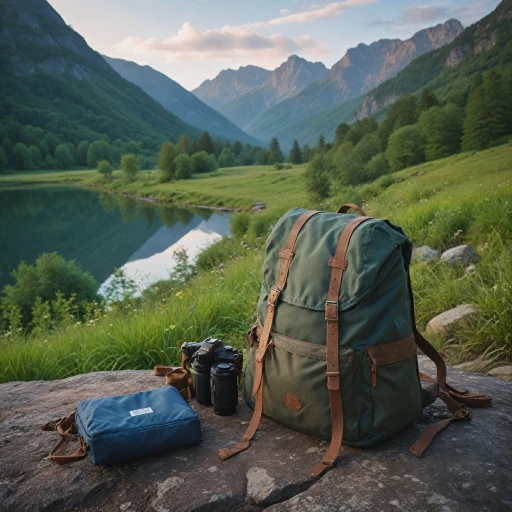Understanding your digital camera
Get to Know Your Tool of Creativity
Diving into the world of digital photography starts with understanding your digital camera. Whether you're hanging on to a trusty DSLR camera or navigating the interface of a mirrorless model, grasping the essentials is crucial.
These days, cameras come equipped with a myriad of settings and features that can be a little overwhelming. Fortunately, photography cheat sheets and settings cheat cards provide a quick reference for those times when you're struggling to remember the perfect shutter speed or how to master the exposure triangle. These tools, combined with a bit of experimentation, can turn your camera from a digital puzzle into a prime instrument for capturing great images.
Step into Manual Mode
One important tip for photographers is to get comfortable with manual mode. This can seem daunting at first, but it offers unlimited potential for great photos. It provides you with the flexibility to adjust settings according to the scene, while also helping you enhance your skills over time.
Start by learning about white balance and how it affects the color of the image. Experiment with depth of field to add dimension, or to isolate a subject. Practice makes perfect, and mastering these settings will elevate your photography game.
Equip Yourself for Success
As you grow familiar with your camera, consider other essential gear that can enhance your experience. Decide on a camera bag that fits your needs and discover the advantages of specific accessories as detailed in our guide on essential photography gear beyond the camera.
Lastly, don't shy away from handy cheat sheets. These tools remain a staple for photographers at every level, offering a quick, easy-to-understand reference during those on-the-go moments.
Mastering exposure settings
Unraveling the Exposure Triangle
Every photographer must master the exposure triangle: aperture, shutter speed, and ISO. Understanding how these elements interact is key to crafting a great image. Let’s break it down for easy understanding.
- Aperture: Controls the size of the lens opening—a smaller f-number indicates a larger opening, letting in more light. It influences the depth of field, giving you the power to make backgrounds blurry or sharp.
- Shutter Speed: Governs how long your camera's shutter remains open. Faster speeds freeze motion, while slower speeds can introduce motion blur.
- ISO: Adjusts your camera's sensitivity to light. A higher ISO is useful in low-light conditions but may introduce noise to your photos.
These components work together to create balanced exposures, so practice manipulating them to fit different photography scenarios. A photography cheat sheet can serve as a handy reference when you're out shooting.
Embracing Manual Mode
Many modern cameras come with auto settings, but transitioning to manual mode grants full creative control. The key is practice—years ago, professionals had no choice but to shoot manually, and it honed their skills.
For quick reference, keep a sheet card of basic settings in your camera bag. Over time, adjusting your camera settings will become second nature, giving you the ability to capture images that match your creative vision.
Utilizing Quick Cheat Sheets
If you're a beginner, photography cheat sheets provide an excellent cheat for fast learning. These handy cheat sheets outline camera settings for various scenarios, serving as a visual guide that’s easy to read and understand.
For those seeking to elevate their photography, a quick reference can be a lifesaver, particularly when you're short on time and need reliable guidance. Keep these tools close in environments where lighting conditions change rapidly.
Incorporating these photography tips into your routine will greatly improve your confidence and efficiency, allowing for more creative exploration in your photography endeavors.
The art of composition
Creating a Captivating Frame
Composition is a crucial aspect of photography that can dramatically change the impact of an image. By understanding a few basic guidelines, photographers can elevate their photos to a professional level. Here are some key tips to get you started on your journey to mastering composition:
- Rule of Thirds: This is one of the most widely used principles in photography. Imagine breaking an image down into thirds, both horizontally and vertically, so you have nine parts. Positioning the most critical elements of your scene along these lines or at their intersections can create more tension, energy, and interest than simply centering the subject.
- Leading Lines: These are lines that lead viewers' eyes through a photograph. They can be direct, like a road or a pathway, or implied, like the gaze of a subject within the image. Effective use of leading lines can create depth and guide viewers' attention to the focal point of your photo.
- Framing: Using elements within the scene to frame your subject can add layers and context to an image. It can be as simple as shooting through a window, using branches or architectural elements, and can help draw attention to the focal point.
- Simplicity: Less is often more in photography, and a clutter-free image allows subjects to stand out. Consider moving in closer or adjusting the angle to eliminate distracting elements.
- Patterns and Symmetry: Humans are naturally drawn to symmetrical patterns. Whether in nature or in an urban setting, capturing patterns and symmetry can make for striking composition, often providing a powerful focal point or an area for exploration within the image.
Understanding these compositional strategies can provide you with a handy cheat sheet when you're out shooting. As you spend more time with your camera, you'll start seeing these opportunities more naturally, and your images will improve significantly.
Remember, these rules are not set in stone; they're more like guidelines. Once you are comfortable, don't be afraid to break them to convey your artistic vision. Happy shooting!
Lighting techniques for better photos
Lighting: The Unsung Hero of Photography
Lighting, the heart of photography, can transform an ordinary shot into something extraordinary. This section sheds light on using natural and artificial sources for better photos. With a little understanding and technique, even free resources like natural daylight can become your prime tool for capturing great images.
Understanding Light Temperature and White Balance
The temperature of light plays a crucial role in setting the mood of your image. It ranges from the cool blues of a digital screen to the warm hues of a sunset. This is where white balance adjustments come in handy. They allow you to manage these color casts, making your photos appear more natural. Utilize your camera settings wisely - refer to your handy cheat sheets for quick guidance to adjust white balance in your camera.
Natural vs. Artificial Lighting: A Quick Reference
- Natural Light: Generally softer, it's perfect for portrait photography, offering realistic skin tones and a natural depth of field. Try shooting during the golden hour for a warm glow.
- Artificial Light: Consider using speedlights or studio setups if you're shooting indoors or at night. With practice, you'll learn how different lighting equipment can recreate natural lighting effects.
Mastering Shadows and Highlights
Shadows and highlights introduce contrast and drama into your images. To achieve this, manual mode on your DSLR camera is your go-to. Adjust the shutter speed and the exposure triangle settings, ensuring your image isn’t overexposed or underexposed. Cheat sheets are a fantastic tool to have in your camera bag for a quick reference on balancing these elements.
Tools and Techniques for Every Photographer
- Reflectors: These are invaluable in redirecting light and softening shadows when working with strong sunlight.
- Diffusers: They help in spreading artificial light evenly, yielding softer and more flattering photos.
Lighting mastery doesn't happen overnight—it may take some time, but the results are worth the effort. For years, the best photographers have practiced and refined their techniques, and with these settings cheat sheets and photography tips, you're equipped to do the same. Start experimenting today, and watch as your images improve exponentially.
Post-processing essentials
Essential Steps to Enhance Your Photos Post-Capture
Once you've captured that perfect shot using your DSLR camera, the journey to creating an exceptional image isn't quite finished. Post-processing is the critical final stage where photographers refine their photos, ensuring every element is well-adjusted and visually appealing. Understanding your digital camera settings is crucial for achieving the best results during post-processing. This phase can transform photos, highlighting details or rectifying exposure mishaps.Tools and Software
Using the right tools is essential for effective post-processing. Software like Adobe Lightroom and Photoshop are industry standards, known for their versatility and robust features. These tools offer photographers the ability to modify exposure settings, adjust white balance, and enhance details for great results.Photography Cheat Sheets: A Quick Reference
For those starting out or looking for quick tips, photography cheat sheets can be handy. They provide a quick reference to settings, enabling easier understanding when tweaking an image post-capture. This approach saves time and enhances productivity during the editing phase.- Exposure Adjustments: Fine-tune the exposure triangle — aperture, shutter speed, and ISO — to ensure balanced lighting.
- Depth of Field Control: Use the depth of field to highlight subjects and create beautiful bokeh effects in the background.
- Color Correction: Employ white balance settings to ensure colors are true to life, mitigating any color cast issues.
Optimizing Your Workflow
Balancing efficiency and detail in your workflow is crucial. Photographers should create a streamlined process for importing, editing, and exporting their photos. Setting aside time to organize photos into sheet cards can make accessing and editing them more efficient and less of a hassle.Investing in the Right Tools
Years ago, options were limited, but now various programs offer free or limited-time trials, allowing you to test products before committing. This ensures the chosen software aligns with your needs and preferences in photography. Post-processing boosts the quality of your images and enhances your overall photography skill set, turning good shots into great ones. Utilizing these strategies and tools allows photographers to tap into their creativity, ensuring each image is crafted to perfection.Troubleshooting common issues
Overcoming Digital Photography Hiccups
Photography enthusiasts often face challenges despite their best efforts to capture that perfect image. Here's a quick reference guide to troubleshoot common issues and ensure your photos remain top-notch.- Blurred Photos: Make sure your shutter speed is set appropriately for the scene. Faster shutter speeds can freeze motion, eliminating blur. If using manual mode, remember the exposure triangle to balance ISO and aperture for clear images.
- Underexposed or Overexposed Images: Adjust your camera settings such as the exposure compensation. Remember, correctly setting the white balance ensures colors appear natural and vibrant.
- Grainy Images: High ISO settings can cause graininess, especially in low light. Try lowering the ISO for cleaner photos, but balance this with a wider aperture or slower shutter speed.
- Out of Focus Shots: Ensure that your autofocus is enabled and functioning correctly. Practicing with different focus modes can greatly improve sharpness.
- Colors Not Poping: check the white balance settings to make sure they match your lighting conditions. Experimenting with different presets can help rectify this issue.
Practical Photography Cheat Sheets
For photographers looking for easy reference, carrying settings cheat sheets in your camera bag can be a game-changer. These handy cheat sheet cards offer quick tips to help you remember essential camera settings and photography techniques.- Have a settings cheat for different lighting scenarios; this saves time when adjusting your camera quickly.
- Create a prime photography cheat that covers recommended camera settings for various scenes, like portraits or landscapes.
- Develop a quick reference card listing depth field guidelines; this ensures you always achieve the right focus.
